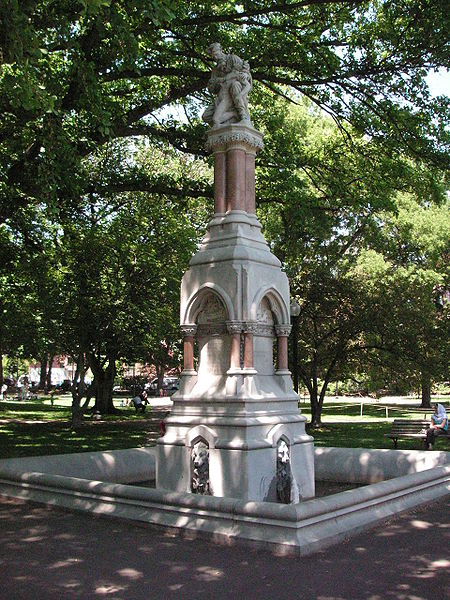The accounts and recollections of surgery before the discovery of anaesthesia are gruesome and it is difficult to imagine what such surgery was truly like. One of the best descriptions of a pre-anaesthesia medical procedure was provided by Fanny Burney, an English author, in a letter to her sister describing her mastectomy: When the dreadful steel was plunged into the breast - cutting through veins - arteries - flesh - nerves - I needed no injunctions not to restrain my cries. I began a scream that lasted unintermittingly during the whole time of the incision - and I almost marvel that it rings not in my ears still! so excruciating was the agony.[1]
While there were some techniques used to provide a type of primitive anaesthesia that included the barbaric methods of nerve compression, deadly intoxication, exsanguination, refrigeration, carotid compression, and even concussion, ultimately a good surgeon was a fast surgeon.[2]
read the rest at Chemistry in New Zealand.

No comments:
Post a Comment